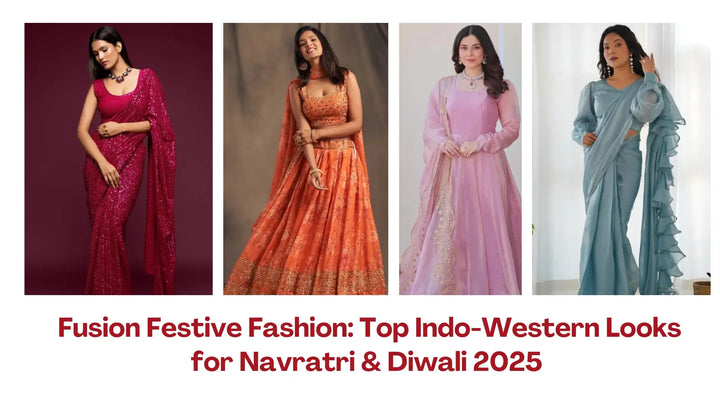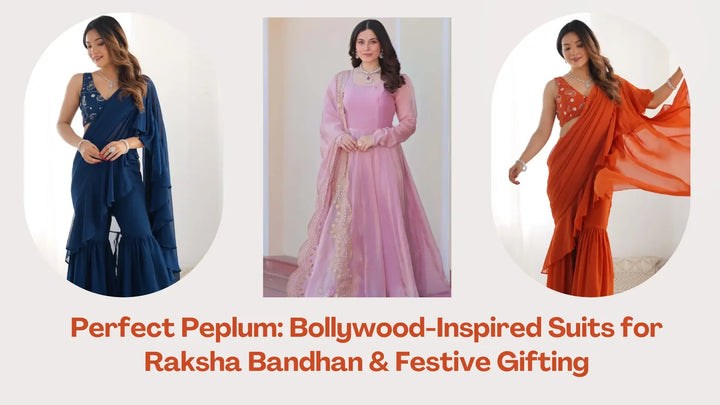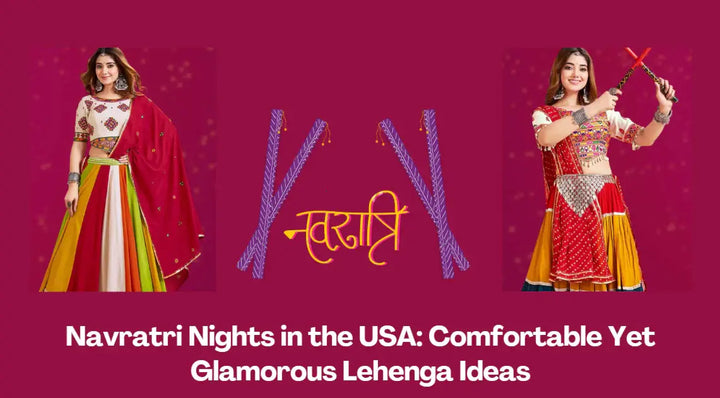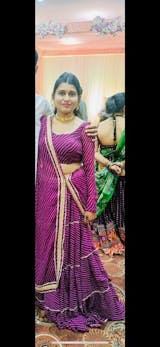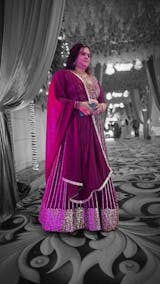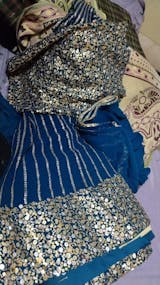The Banarasi saree is renowned worldwide for its exquisite beauty, intricate design, and luxurious feel. This saree has a rich heritage dating back a number of centuries, having been woven in the ancient city of Varanasi (formerly known as Banaras) in Uttar Pradesh, India. A true testament to the skill and artistry of Indian weavers, they are a fine example of their craft. As we explore the fascinating world of Banarasi sarees in this article, we will learn about their history, the weaving process, and the different types that are available.
History and Legacy
Banarasi sarees have a long history dating back to the Mughal era when Persian artisans introduced the weaving tradition to the region. Over time, local weavers incorporated indigenous techniques into their pattern designs, resulting in a distinct style that combines Persian motifs with Indian patterns. Mughal emperors and nobles further elevated the status of Banarasi sarees, making them symbols of opulence and grandeur.
Weaving Process
Intricate handloom weaving techniques are used to produce Banarasi sarees, which require a high level of precision and skill. A high-quality silk or zari (metallic thread) is selected for the warps and wefts of the cloth. Aspects of Mughal architecture, natural phenomena, and religious symbols traditionally influence the designs and motifs. Weaving can take several weeks to several months, depending on the complexity of the design.
Types of Banarasi Sarees
Katan:

Sarees made of Banarasi silk are most commonly made of katan silk. A plain woven silk fabric of fine texture and durability, it is known for its fine texture and durability. As a contrast to the silk base of many Katan sarees, intricate gold or silver brocade work is often incorporated, creating a stunning visual effect.
Organza:

Sarees made of Organza are typically made of lightweight silk or a combination of silk and zari. They are known for their sheer and transparent appearance, making them an ideal option for formal occasions. It is common for organza sarees to be adorned with delicate floral motifs and intricate brocade borders.
Georgette:

Georgette Banarasi sarees are made from lightweight materials with a crinkled texture. Intricate zari embroidery is often embellished on these dresses, and they are well known for their fluid drape. Sarees made of Georgette are popular because of their versatility, making them suitable for both formal and informal events.
Shattir:

The Shattir sarees are a unique expression of the Banarasi weaving tradition. They are distinctive for their distinctive woven patterns, which resemble design elements from calligraphy or architecture. Sarees that feature Shattir motifs are typically adorned with geometric motifs, stylized floral patterns, or verses from Persian poetry.
Cutwork:

Cutwork Banarasi sarees are noted for their intricate cutwork patterns, created through hand-cutting portions of the fabric and interwoven construction. This technique enhances the saree's depth and texture, resulting in a visually stunning effect.
Conclusion
Banarasi sarees from Zeel Clothing represent the best of Indian weaving and craftsmanship. They represent Varanasi's rich cultural traditions and heritage, captivating admirers with their timeless appeal. Each Banarasi saree embodies a story of skilled craftsmanship and artistic excellence, from the elaborate brocade work to the delicate motifs. Sarees continue to be cherished by women worldwide, symbolizing grace, elegance, and the enduring legacy of Indian textile art.


